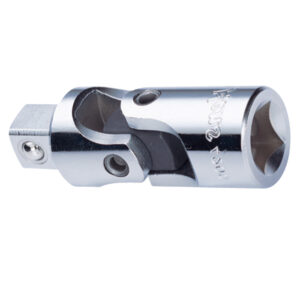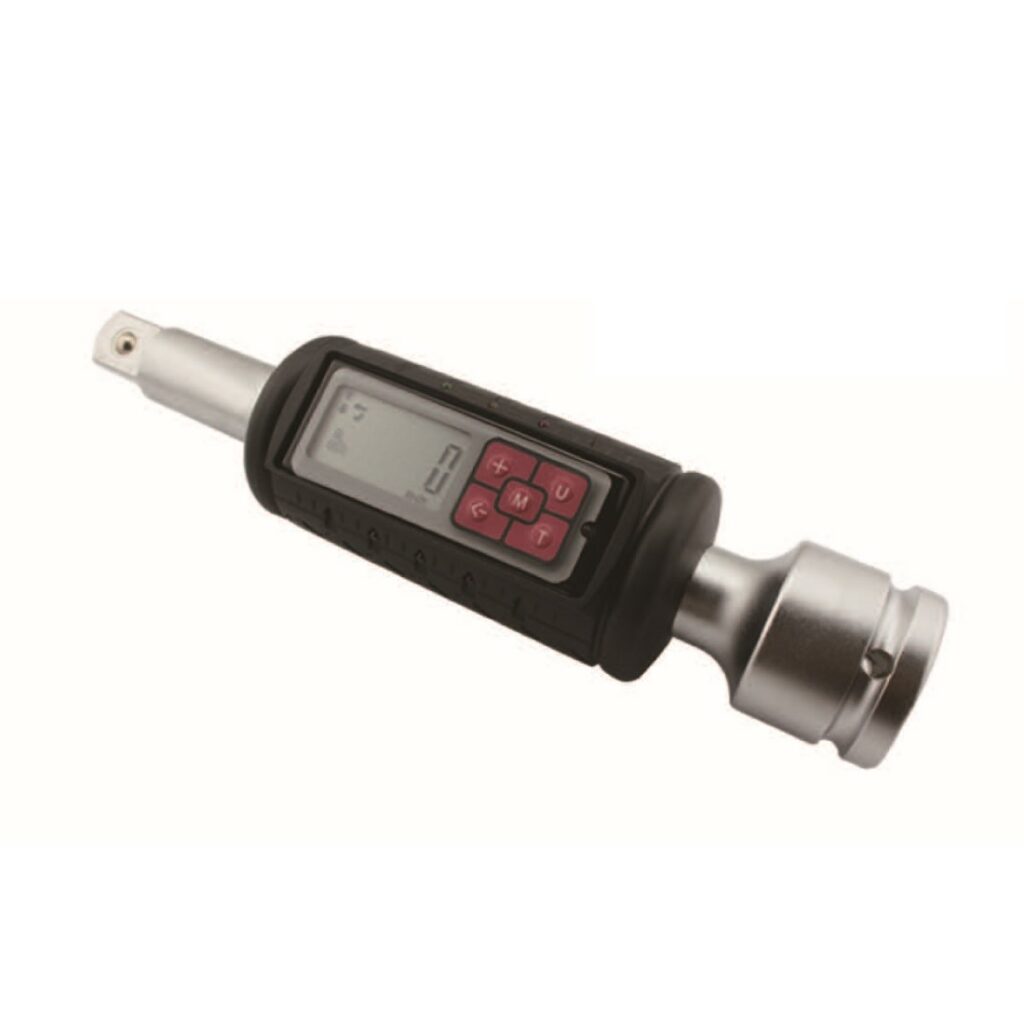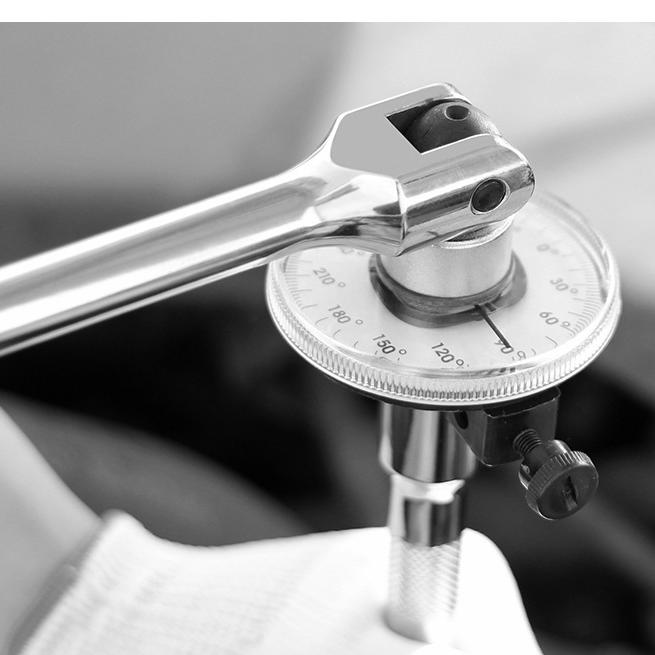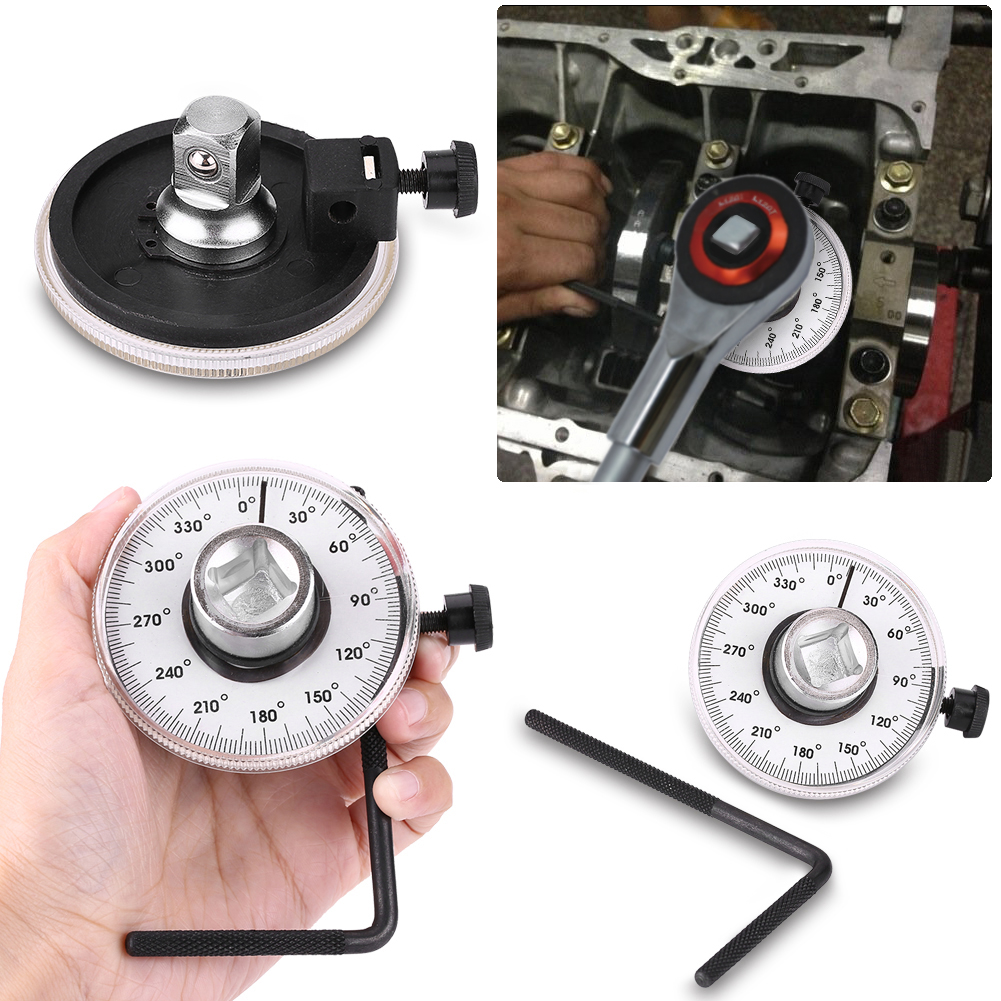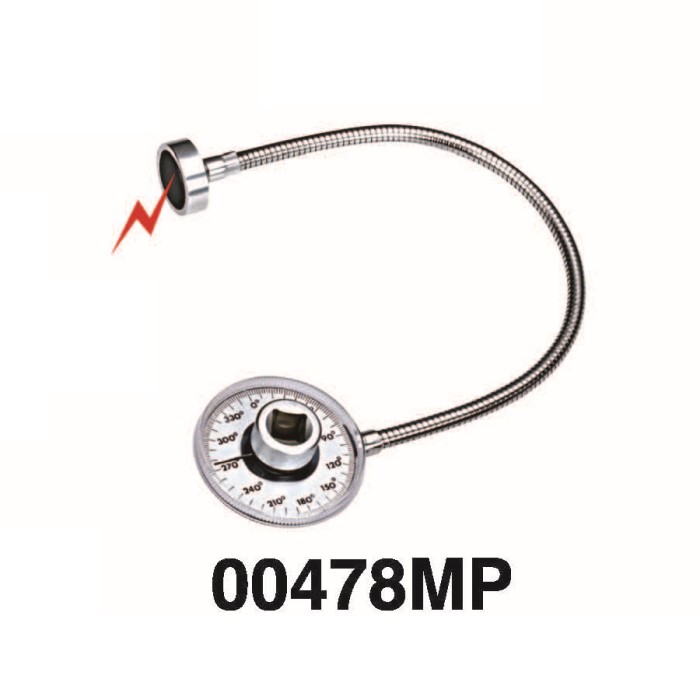🔧 Socket Adaptor vs. Universal Joint: What’s the Difference?
When working with hand tools, knowing the right accessory can make all the difference. Two of the most commonly used attachments in workshops and garages are the socket adaptor and the universal joint. Though similar in appearance, they serve very different purposes. Let’s break it down:

Socket adaptors help you match sockets and tools with different drive sizes. For example, if you have a 3/8″ drive ratchet but need to use a 1/2″ socket, an adaptor solves the problem instantly.
Key Benefits:
- Changes drive size (step-up or step-down)
- Maintains strong torque strength
- Common in impact and chrome finishes
Best for: When your socket and ratchet don’t match in size.

Universal joints are built to rotate and pivot, making them perfect for hard-to-reach bolts in tight or angled spaces. They’re especially handy in automotive repair or machinery maintenance.
Key Benefits:
- Bends up to ~45 degrees
- Reaches awkward angles
- Available in standard and impact versions
Best for: When a straight socket won’t fit due to obstacles.

| Feature / Aspect | Socket Adaptor | Universal Joint |
|---|---|---|
| Function | Connects different drive sizes (e.g., 1/2″ to 3/8″) | Allows angular flexibility between socket and handle |
| Design | Rigid, straight coupling with square ends | Pivoting, jointed mechanism with rotating yoke |
| Common Use Case | Adapting drive size between tools and sockets | Reaching fasteners at awkward angles |
| Drive Size Types | 1/4″, 3/8″, 1/2″, 3/4″, 1″ (Female × Male ends) | Same drive size on both ends (e.g., 1/2″ × 1/2″) |
| Motion Capability | No flex; strictly straight-line torque transfer | Multi-angle rotation; can work at up to ~45° angle |
| Torque Transfer | High torque capability (better torque strength) | Lower torque rating due to joint structure |
| Tool Compatibility | Ratchets, impact wrenches, torque wrenches | Same tools, but only when angle is needed |
| Applications | When socket size doesn’t match drive size of tool | When bolts are in tight or angled spaces |
| Durability (Heavy Load) | More durable for high torque | Wear and failure possible under excessive torque |
| Variants | Step-up, step-down, impact-grade, chrome-plated | Chrome and impact universal joints (UJ or U-joint) |
| Cost | Generally lower | Slightly higher due to complex mechanism |
| Example | 3/8″F × 1/2″M Adaptor | 3/8″ Universal Joint |
Summary Socket Adaptor vs. Universal Joint
| Feature | Socket Adaptor | Universal Joint |
|---|---|---|
| Function | Adapts drive sizes | Adds angular flexibility |
| Motion | Fixed | Pivoting, multi-angle |
| Torque Strength | High | Moderate |
| Usage | Mismatched socket/tool sizes | Tight, angled fastener access |
| Cost | Lower | Slightly higher |




